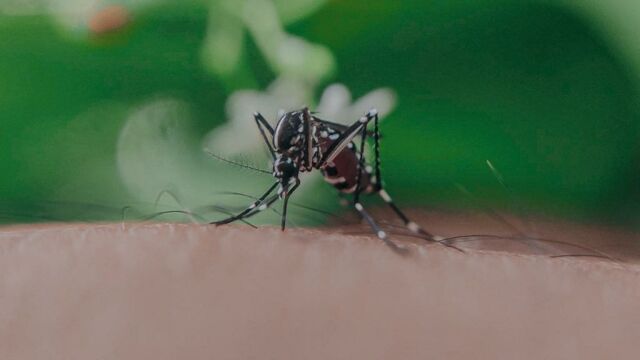Have you ever noticed that even when you’re in a room full of people, you seem to be the no.1 victim of mosquito bites? As a matter of fact, these bloodthirsty creatures do have a preference on who to snack on and here’s what attracts them the most.
Discover our latest podcast
Sensitive to body odour
We often hear that if you’ve gotten munch on by a mosquito, it’s because you have sweet blood. Well that couldn’t be further from the truth. In reality, getting bitten has more to do with your body odour than that taste of your blood—and no, we’re not talking about the kind of perfume you wear.
Perspiration is particularly attractive to mosquitoes and every individual lets out a different odour in the process. Some will have a more fragrant sweat, while others not so much. Neuroscientist Helen Shen explained in the journal PNAS that ‘humans send hundreds of odorous molecules into the air.’ Mosquitos are highly sensitive to these molecules and use them to choose their prey. Gregory L’Ambert, medical entomologist told Sciences et Avenir:
It is the odours that attract the mosquito, its sense of smell being very powerful. In fact, it can detect nearly 150 different odours from the human body.
Sensitive to carbon dioxide
Body odours are not the only thing that catches the attention of mosquitoes. These insects are so sensitive to our CO2 emissions that they can detect it from up to 30 metres away. There are several factors that influence how much CO2 an individual exhales, including alcohol consumption, excess weight, and body temperature. A study also found that pregnant women emit 21% more carbon dioxide than the average person—so, if you’re expecting then you’re sure to be a delicious snack.
Favourite blood group
We’ve all got a favourite dish that we cannot resist and the tiger mosquito—which can transmit dengue fever or chikungunya—has one too. A 2004 Japanese study found that this specific type of mosquito was more attracted to individuals whose blood type was O. They were 85% more likely to get bitten than people from other blood groups who were only at a 45% risk.















